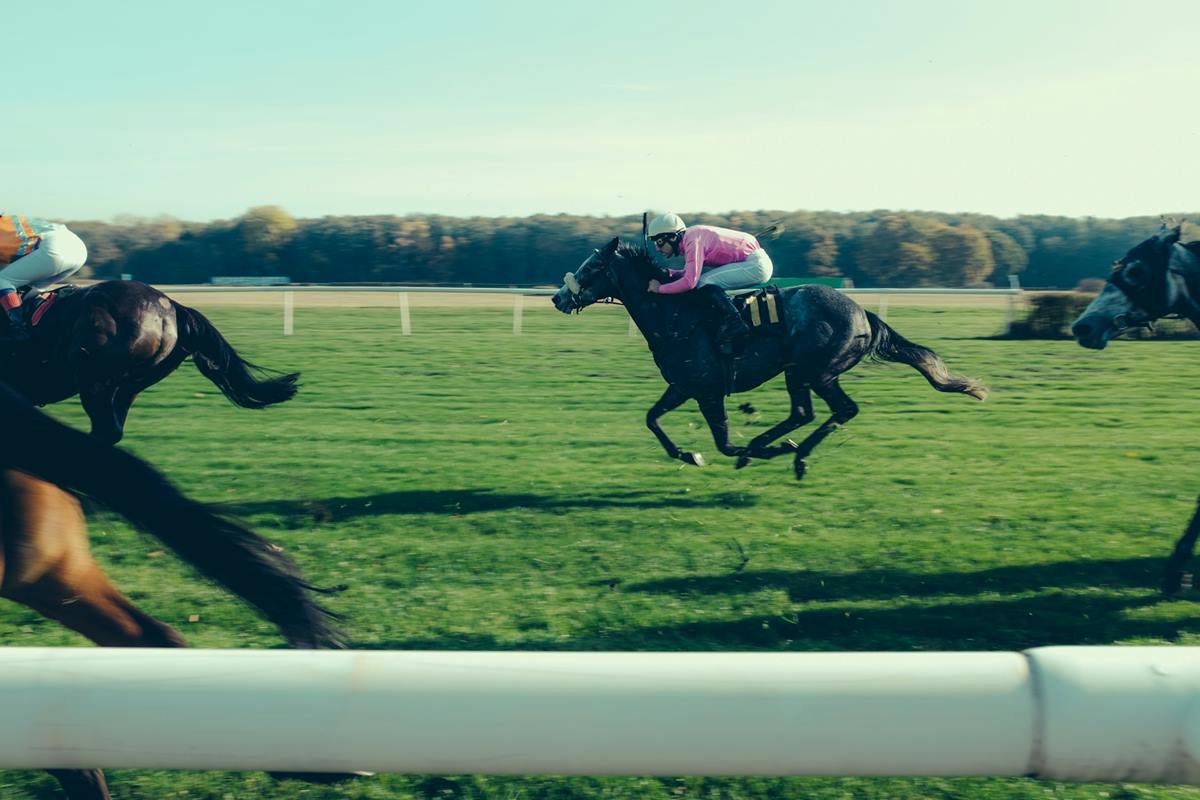The surprising connection between horses and Hungarian history
The bond between humans and animals has been a long-standing one, dating over 15,000 years, as per Bayer. While you might be thinking of dogs or cats, in this instance, we’re talking about horses. They have held a special place in our society for millennia, and this is especially true for Hungary. So, if you’re curious to learn more about this incredible connection, make sure to keep reading.

A Brief History of Horses in Hungary
Prior to modern innovations, horses assisted humans with agriculture work, travel, and even during wartime for millennia. And it is a documented fact that the Magyars, or Hungarians, conquered the Carpathian Basin in the 9th century on horseback. This simple fact already hints at the importance of horses for the nation, turning them into somewhat of brothers-in-arms. They were so valued that, at one point in the 11th century, the King of Hungary banned their export.
Later on, to replenish the number of horses lost due to the monarchy’s war and ensure their high-quality stock, the Imperial and Royal Stud-Farm Institute of Mezohegyes was founded by Joseph II in 1784. This is considered to be the second-oldest major stud farm in Hungary, with the first one being the Mata Stud of Hortobagy, dating back to 1671. Both of these are still operating today, in fact, there are currently four major stud-farms that have been open for centuries.
Unfortunately, after WWII, horse breeding hit an ultimate low and endangered many native horse breeds, such as the Gidran. This led to the industry pivoting to breeding a new variety of species, the sport horse. After 1989, private studs and breeding associations were formed to preserve and improve national breeds, along with the breeding program for Hungarian sport horses.
The Modern Role of Horses in Hungary
Although nowadays, Hungary no longer requires horses for military purposes, they still play a vital role in society. One key example comes from the rise of horse racing, which is considered to be one of the oldest sports. While it can be enjoyed only as a sport, current viewers typically also engage by placing a variety of bets like a placepot on the races. If you’re not familiar with the term, this simply means selecting a horse to place in each of the first six races.
In fact, the popularity of horse racing has led to the creation of virtual horse racing. Here people get to enjoy a hyper-realistic horse race simulation and bet on it accordingly. This can be a great alternative for when there are no ongoing races, or simply to add some variety for those who want to enjoy more options.
As it stands, the most successful racehorse is Kiscsem, a Hungarian horse, who won all 54 races she was entered in. Overall, Hungarian horses are renowned for their successes on the racetracks. This is chiefly thanks to the Hungarian Warmblood, also known as the Hungarian Sport horse, which required the crossing of native breeds like the Kisber Felver, Gidran, Furioso-North Star, and Nonius.

It’s clear that the bond between horses and Hungarian history runs deep and that without them, Hungary would look very different. After reviewing the history of horses in the country, from ancient times to the modern age, we hope that the endeavour to preserve these breeds is successful. After all, the country owes a lot to these majestic beings.





